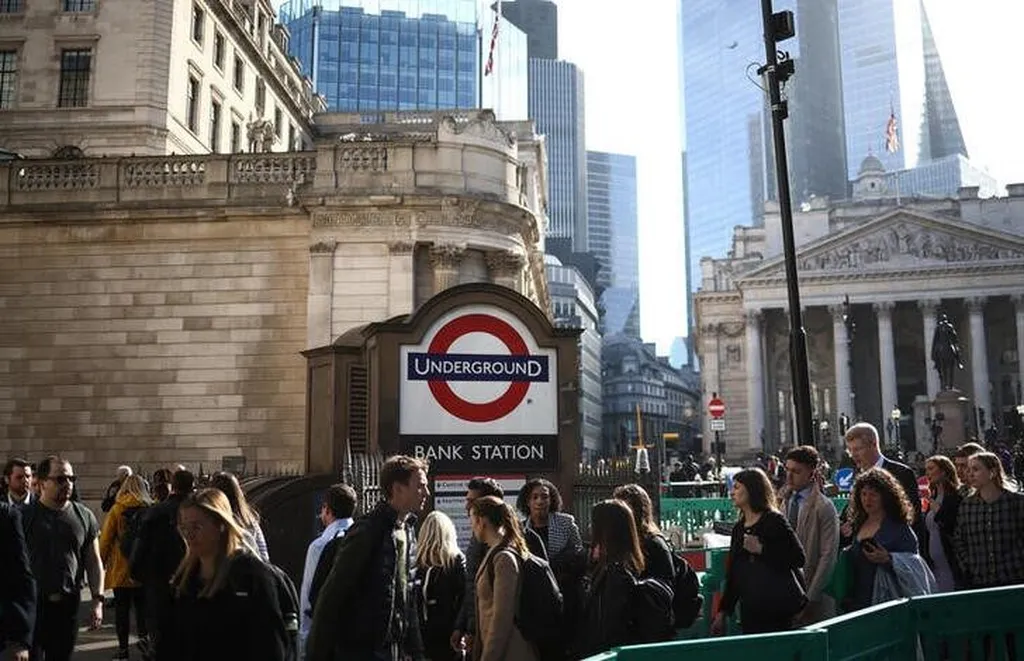In Japan, the construction sector is poised for a dynamic shift, with projections indicating a 4.4% annual growth to reach JPY 32.44 trillion by 2025. This surge builds on a robust compound annual growth rate (CAGR) of 6.9% from 2020 to 2024, with the market expected to expand further to JPY 38.75 trillion by 2029. This growth trajectory is not just a numerical trend—it’s a testament to Japan’s strategic investments in sustainable and resilient infrastructure, driven by both government policies and private sector innovation.
Residential Construction: Balancing Innovation with Challenges
The residential sector is at the forefront of this transformation, with a growing emphasis on sustainable and disaster-resilient housing. Government incentives are fueling demand for energy-efficient and earthquake-resistant homes, particularly in urban areas. However, the sector faces significant hurdles, including land use restrictions, rising construction costs, and labor shortages. In major metropolitan areas, high real estate prices are exacerbating affordability issues, while declining demand in rural regions adds complexity to development strategies.
To navigate these challenges, developers are turning to modular construction, automation, and green housing innovations. These approaches not only address cost and efficiency concerns but also align with Japan’s broader sustainability goals. As the population ages, the demand for senior-friendly housing and compact smart homes is rising, presenting new opportunities for innovation in residential design. By leveraging government subsidies and tax incentives, developers can offset rising costs while meeting the evolving needs of Japan’s urban population.
Commercial Construction: Adapting to a Changing Work Landscape
The commercial construction sector is undergoing a significant shift, driven by the decline in traditional office space demand and the rise of flexible work models. Developers are increasingly focusing on smart, mixed-use, and co-working spaces to meet the evolving needs of businesses and employees. Rising construction and rental costs pose financial challenges, but government incentives and urban redevelopment policies are providing opportunities for sustainable growth.
To remain competitive, developers must prioritize AI-driven smart office buildings and zero-carbon commercial spaces. The growth of hybrid work models presents new avenues for investment, particularly in urban centers where collaboration between private firms and public initiatives will be crucial. By embracing innovation and sustainability, Japan’s commercial construction sector can adapt to the changing work landscape while ensuring long-term growth.
Institutional Construction: Investing in Healthcare and Education
Japan’s institutional construction sector is experiencing significant expansion, particularly in healthcare and education. Substantial government investments are being allocated to modernizing hospitals and academic institutions, reflecting a commitment to improving public infrastructure. However, high regulatory compliance costs remain a challenge, making large-scale public projects expensive and time-consuming.
To ensure long-term success, stakeholders must navigate these financial and administrative hurdles while leveraging new technologies such as AI and IoT-enabled smart hospitals. Public-private partnerships (PPPs) will be critical in accelerating the development of healthcare and educational facilities, ensuring efficient project execution and cost-sharing. By focusing on sustainable and technologically advanced institutional projects, Japan’s construction sector can meet rising demand while optimizing costs and operational efficiency.
Industrial Construction: Leading the Way in High-Tech and Sustainability
The industrial construction sector is experiencing strong growth, driven by increased investments in semiconductor and battery manufacturing facilities. The TSMC semiconductor factory in Kumamoto and the development of renewable energy manufacturing hubs highlight Japan’s commitment to high-tech and sustainable industrial expansion. As global demand for advanced electronics and clean energy solutions rises, Japan is positioning itself as a leader in industrial innovation.
Automation and smart construction techniques are being integrated into industrial facility development to sustain growth, improve efficiency, and reduce costs. The government’s push for sustainability-focused industrial zones and foreign investment in high-tech manufacturing further supports long-term sector expansion. To capitalize on Japan’s industrial construction boom, stakeholders should focus on leveraging automation, optimizing energy-efficient designs, and forming strategic collaborations.
Infrastructure Construction: Modernizing for a Sustainable Future
Japan’s infrastructure construction sector is undergoing a significant transformation, driven by the urgent need to modernize aging infrastructure and integrate sustainable and smart technologies. Major investments in high-speed rail expansion, green hydrogen transport, and next-generation construction techniques are shaping the industry’s future. These initiatives align with Japan’s long-term economic and environmental goals, ensuring resilience and efficiency in national infrastructure.
To capitalize on these opportunities, stakeholders must prioritize sustainability, leverage advanced construction methods such as 3D printing, and collaborate on smart infrastructure projects. Public and private sector partnerships will expedite large-scale projects, particularly in transport and energy infrastructure. By focusing on innovation, regulatory efficiency, and sustainability, Japan can strengthen its global position as a leader in next-generation infrastructure development.
As Japan’s construction sector evolves, it is clear that the future of building lies at the intersection of sustainability, technology, and human-centric design.

